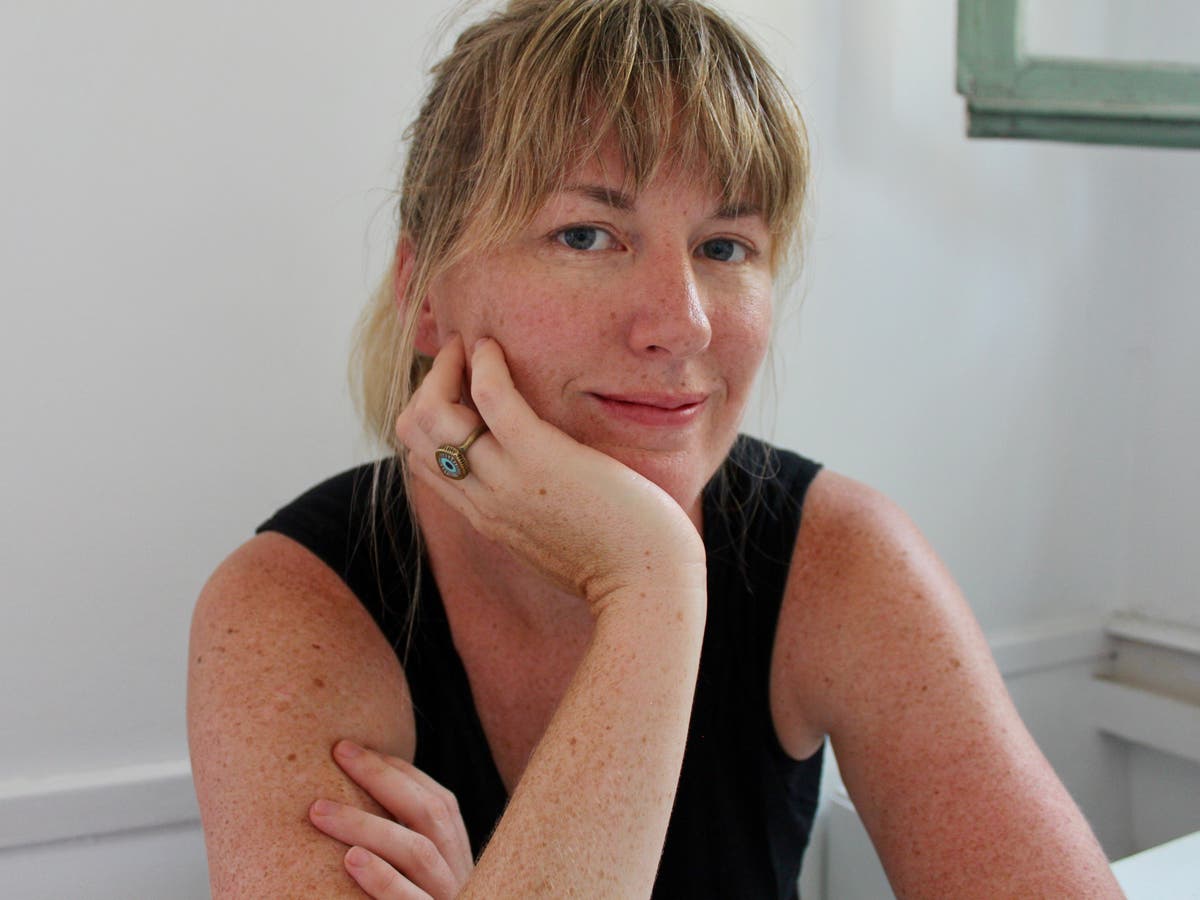Funerals Across Cultures
Here are some different types of funerals currently being practiced around the world, beginning with the secular/Christian version that is most familiar to Western society today.
Western Secular/Western Christian
Across the board in the US, Canada, and other Western nations today, funerals follow a fairly predictable structure, albeit with small variations in rites and differences in taboos between religious and cultural groups.
The first segment is the wake, also called a “viewing” or a “visitation.” The body is displayed in a casket a night or two before the funeral. Sometimes, it’s an “open casket” wake, where the casket is left opened (with the deceased embalmed and usually dressed in his or her best) so that mourners can say goodbye one last time, say a few prayers, etc. In other cases, the family and friends prefer to keep the casket closed during the wake.
Memorial services are next, often just called funerals. They might take place in a funeral home or at a church. Sometimes, they’re held in a chapel at the cemetery where the deceased is to be interred or at a crematorium. The ceremony is presided over by a clergy person or a non-religious officiator.
The final part is the burial or cremation service. These are typically shorter and take place directly after the memorial service. Mourners usually follow the hearse in a line of cars from the memorial to the burial, using their blinkers to indicate they are part of a funerary procession.
Jewish Ceremonies
Many modern Jewish funerals are nearly identical to the type listed above. However, there are a few specific requirements. Judaism, for instance, bans cremation. Rituals include bathing the body and covering it with a shroud.
Islamic Traditions
Islamic funerals vary considerably by region, but one interesting commonality is that the deceased should be buried facing Mecca (Saudi Arabia), the Muslim holy city.
Sky Burial
One of the more jaw-dropping practices still occurring today, sky burials can be found in Tibet, Mongolia, China, Bhutan, Nepal, and India. The corpse is left exposed as “alms for the birds” (for vultures and other scavengers) on a mountaintop, with the idea that it is the spirit that’s important, not the body.
Hindu Death Practices
Because of subtle understandings of the spirit and body, adults in Hindu tradition are cremated, but children are buried. It is thought that cremation is necessary to dissolve the soul’s desire to be connected with the body, but young children have not yet developed that sense of attachment. The earth is also thought to be soft and soothing for the very young.
Many people have heard of the archaic Hindu tradition called “sati,” whereby a widow commits suicide by burning herself on her husband’s cremation pyre. The first cases were recorded around 400 A.D., and although this is rarely practiced today, there continue to be infrequent examples of sati in the modern world.
Knowing some afterlife ceremonies will give you a chance to reflect on how you would like to be honored when you pass.
Source by Alfred Ardis



